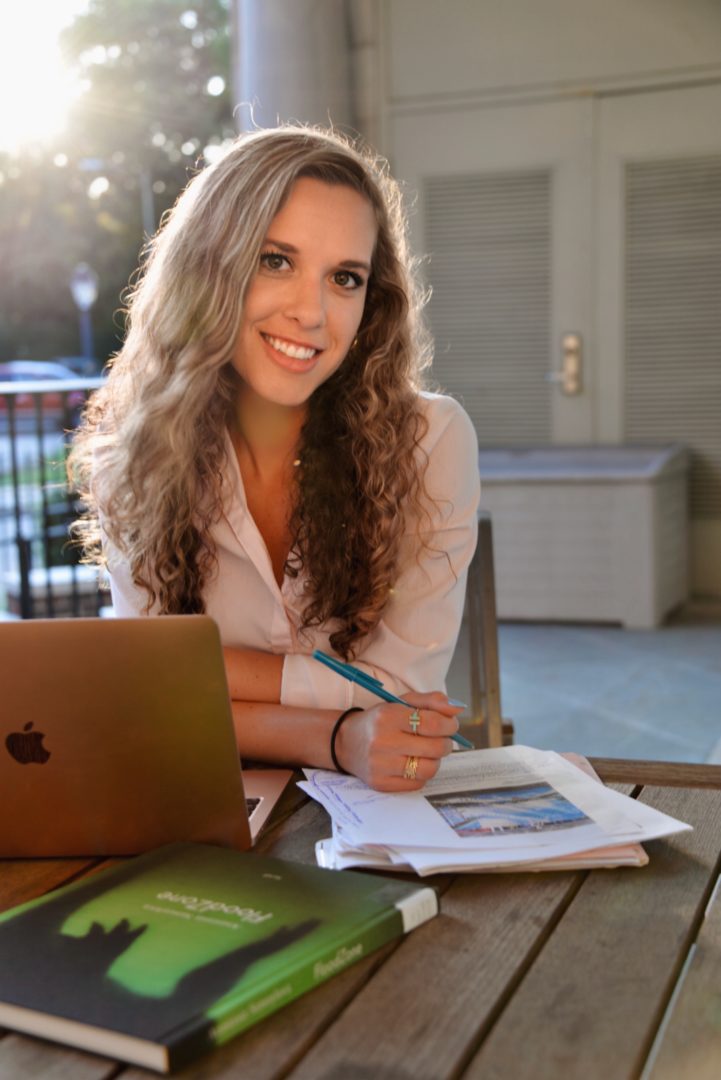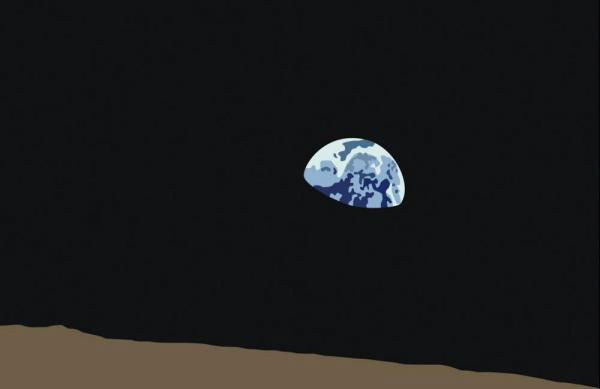- Open today, 10 am to 5 pm.
- Parking & Directions
- Free Admission
Research, Reflection, and Revelations at the Chrysler
–Jackie Siegel, 2021 Curatorial Intern
I once viewed art museums as platforms for aesthetic immersion, where individual artworks produce intuitive and visceral responses to beautiful stimuli. Yet as my undergraduate studies in art history at the University of Virginia progressed, I began to view art objects as material manifestations of the historical and cultural contexts in which they were created, displayed, and interpreted. Even further, my undergraduate research and thesis, entitled “General Idea and Imagevirus: An Aesthetic Response to the AIDS Crisis,” revealed the many ways in which art can effectuate social and political change, spark conversations among diverse audiences, and lend a voice to those who have been quieted. I now know these distinct facets of the art museum – as channels for aesthetic value and beauty, as spaces dedicated to cultural preservation and art historical contextualization, and as forums for inclusive and equitable dialogue – can exist simultaneously, as I observed and personally felt throughout my internship at the Chrysler Museum.

This notion was repeatedly reinforced throughout the string of projects, meetings, and conversations that comprised my internship in the curatorial department. One of my projects, in particular, served as a springboard for a new way of thinking about the history of museums and collecting. Under the supervision of Lloyd DeWitt, Ph.D., Chief Curator and Irene Leache Curator of European Art, I undertook object and provenance research for several works in the permanent collection, and in so doing, traced the stories and histories of ownership that preceded their acquisition by the Chrysler. The objects included a Persian stone relief derived from the celebrated site of Persepolis, acquired by a German-Jewish scholar of Persian literature, and transported to the U.S. by his expatriate son during the Holocaust; a Sumerian clay tablet inscribed with the first known form of writing; and a beautifully carved granite portrait of a Babylonian bearded prince. Each of these objects are tangible documents of craftsmanship, cultural exchange, and the collecting practices that led them to the Chrysler’s permanent collection. They also provide opportunities to ask challenging questions about where they come from, how and why they are here, and more broadly, interrogate the Eurocentric impulses that lie at the root of art history. Such questions are of crucial importance to my future graduate studies, as it becomes increasingly urgent to reassess the discipline and envision a more socially inclusive and culturally expansive field.
Another notable project that significantly marked my time at the Chrysler concerned an upcoming exhibition, FloodZone: Photographs by Anastasia Samoylova, slated for December 2021. Samoylova’s photographs present a visual archive of the impacts of sea-level rise and climate change along South Florida’s threatened coast, supplanting the shock of climate disaster photojournalism with a probing analysis into the psychological state induced by life in a sinking landscape. As a Hampton Roads native and witness to the effects of coastal storms, tidal flooding, and sea-level rise, I connected with the undertones of foreboding in Samoylova’s images. Yet I also felt profoundly moved by her ability to sound the alarm in unexpected and often hauntingly beautiful ways. While writing interpretive texts and object labels for her photographic series, I realized my inclination, as an art history student, to bury visual evidence in historical and contextual information. Working with Seth Feman, Ph.D., deputy director of art and interpretation and curator of photography, I aimed to anchor my writing in the most salient aspects of the photographs, further developing the visual literacy and close looking skills essential to curatorial practice. Moreover, because Samoylova frequently acknowledges her historical influences and artistic predecessors, I culled objects from the Museum’s collection that contextualize her photographs and the stories they tell—works by iconic artists such as Walker Evans, William Eggleston, and Ansel Adams, and images of the 1910 Great Flood of Paris. I, thus, noticed firsthand how exhibition preparation and organization move in tandem with research and stewardship of the permanent collection.
These snapshots of my internship experience are not comprehensive; there were many other compelling projects and tasks that peppered my brief but fruitful stretch at the Chrysler. Nor do they begin to cover the deeply impactful cohort, department, and Museum-wide meetings that offered glimpses into the inner workings of the Museum. Such cross-departmental conversations thread varied perspectives and voices in and through the fabric of the institution, creating a diverse and inclusive space in which all ideas are valued and heard. Thus, circling back to my shifting perspectives of art museums, they no longer waver in my mind between conduits for either aesthetic immersion, cultural preservation, or civic dialogue. As I move closer toward my upcoming graduate course in art, film, and activism at the Courtauld Institute of Art and continue my sustained pursuit of a professional career in curatorial work, I carry with me the meaningful lessons I learned at the Chrysler about the crucial role museums play in the stewardship, interpretation, and activation of art.

